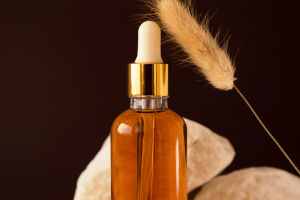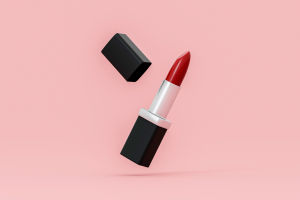The Journey of Cosmetics
Cosmetics have played a significant role in human culture for millennia, evolving from ancient practices to today's vibrant beauty industry.
What started as natural pigments and oils used in rituals has grown into a global market.
Delving into the history of cosmetics reveals the changing cultural ideals, evolving beauty standards, and technological advancements.
Ancient Beginnings: Rituals and Status
Cosmetics have been used since at least 10,000 BCE. Ancient Egyptians applied eye makeup and oils, using crushed minerals like malachite and galena to create green and black kohl. This makeup served both cosmetic and protective purposes, symbolizing power and social status. In ancient Mesopotamia and Greece, cosmetics symbolized wealth and social prestige. Women in Mesopotamia used crushed gemstones for lip color, while Greeks applied white lead and plant-based dyes to enhance their features. However, these early ingredients were often harmful.
The Story of Cosmetics
Video by The Story of Stuff Project
Medieval Times: A Shift and Revival
Cosmetic use encountered opposition throughout the Middle Ages. Despite this, aristocrats continued to use makeup in secret, including white lead-based powders, to reflect their social standing. The Renaissance marked a resurgence in cosmetic use, particularly in European courts. Queen Elizabeth of England popularized a pale complexion with a mixture of white lead and vinegar, and bold red lipstick reemerged as a symbol of elegance and high status.
19th and 20th Centuries: Modernization and Accessibility
The 19th century brought significant changes with the Industrial Revolution, making cosmetics more accessible. Advances in chemistry led to safer ingredients, and major beauty brands like Guerlain and Max Factor emerged. By the early 20th century, makeup became widely accepted. Hollywood stars influenced trends, with the 1920s introducing the "flapper" look, featuring dark kohl-rimmed eyes and bright red lips. This era reflected modernity and a sense of liberation.
Contemporary Cosmetics: Diversity and Innovation
In recent times, the beauty industry has grown more inclusive and inventive. Modern cosmetics cater to a wide range of skin tones, with brands like Fenty Beauty setting new standards for inclusivity. There is also a growing focus on ethical practices, including cruelty-free and vegan options. Technological advancements, such as personalized beauty routines, virtual try-ons, and AI-driven skin analysis, enhance the consumer experience.
The evolution of cosmetics highlights significant cultural and technological shifts. From ancient practices to contemporary beauty trends, cosmetics continue to be a powerful form of self-expression and identity.
The history of cosmetics is a captivating tale of transformation, reflecting changes in cultural values and technology. From ancient rituals to today's beauty essentials, cosmetics play a crucial role in personal expression and identity.


